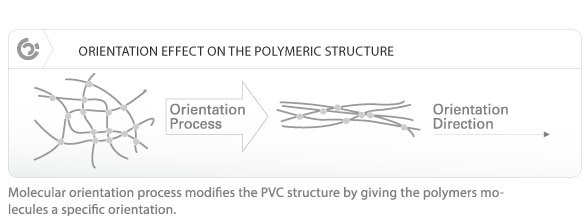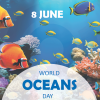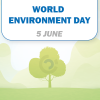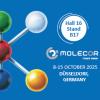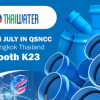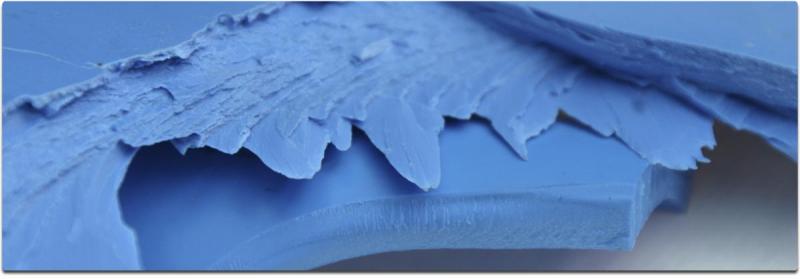
Molecular Orientation, the PVC revolution
Polyvinyl chloride (PVC) is essentially an amorphous polymer in which molecules are aligned at random. However, by stretching the material and under certain conditions of pressure, temperature and speed, the polymer molecules can be aligned in the same direction as it has been stretched.
Depending on the parameters of the process – especially the stretch ratio – it is possible to achieve a greater or lesser degree of orientation. The result is a plastic with a laminated structure, whose layers are visible to the naked eye.
While the Molecular Orientation process greatly enhances the PVC’s physical and mechanical properties, it makes no difference to either the benefits or chemical properties of the original polymer. This makes for a plastic with an unbeatable tensile strength and fatigue, ductility and resistance to impact.
